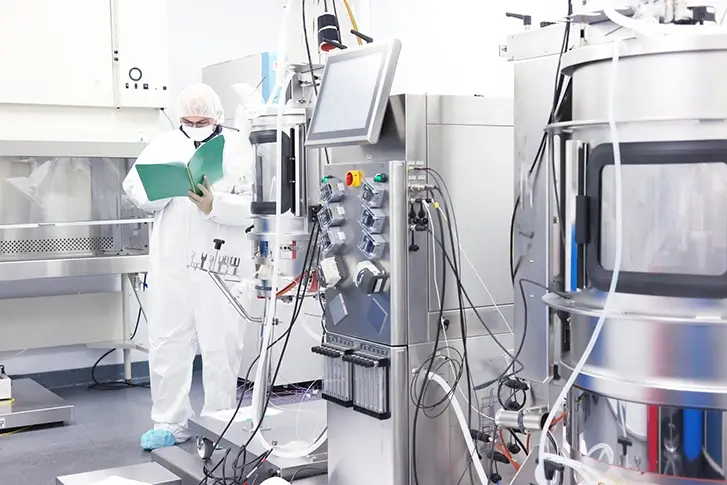June 23, 2020
June 23, 2020
The submission of your drug application (NDA, ANDA, BLA, etc.) is an exciting accomplishment, and one of the first major milestones is a pre-approval inspection (PAI) of the manufacturing sites listed in your application. The FDA will make a risk-based determination as to which sites may require a PAI. This could include active pharmaceutical ingredient (API), biologic drug substance (BDS), drug product (DP), device, labeling, and packaging sites. The PAI will assess a drug manufacturing plant’s production capability and its ability to manufacture product for commercial distribution.
If you have outsourced your manufacturing to a contract manufacturing organization (CMO), these sites will specifically be named in the drug application and will be fair game for a PAI. A key aspect in preparing for a PAI is assessing if the CMO is inspection ready and ensuring they, and your firm, have the systems and documentation to demonstrate they are capable of manufacturing your product. While the CMO is the one executing the manufacturing processes for your product, your firm is ultimately responsible for all activities related to your product.
Based on experience over eight years managing programs at CMOs, below are some key areas that may be focused on when preparing for a PAI at a partner CMO.
The FDA pre-approval inspection is a major milestone after submission of a drug application. Preparing for the PAI is critical for your firm and should be a part of your quality systems as you move towards approval. A well-developed PAI preparedness plan should be put in place early on in your efforts to gain approval for you drug. When partnered with a CMO, ensure you are aligned and demonstrating your firm has adequate oversight of the activities occurring with your drug. The items listed above are a few areas that will help you navigate through your PAI preparation when your manufacturing is outsourced to a CMO.
Contact the compliance experts at ProPharma for additional support.
TAGS: Quality & Compliance Life Science Consulting Pre-Approval Inspection

August 25, 2020
When drug or device manufacturers apply for marketing approval of a new product, the FDA may conduct a pre-approval inspection (PAI). The PAI is performed to help the Agency assure that a...

June 15, 2020
What is a Pre-Approval Inspection (PAI)? A pre-approval inspection (PAI) is performed to provide the Food and Drug Administration (FDA) assurances that a manufacturing site named in a drug...